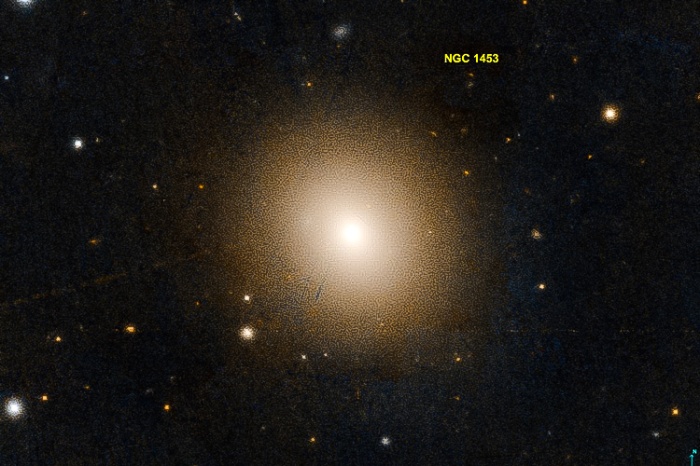Black holes and galaxies existed together during the first one percent of our universe’s existence. Find out why this upends conventional thinking on how stars, galaxies and black holes formed after the Big Bang.
Tag: James Webb Space Telescope
Orion Nebula Contains Pairs of Unexplained Objects
The Orion Nebula is one of the most studied areas of star formation in the galaxy. Find out how the new James Webb Space Telescope has revealed previously unknown objects that defy our understanding of how stars and planets form.
Massive Early Galaxies Discovery Could Be ‘Universe Breaker”
Massive early galaxies emerged from a review of the James Webb Space Telescope’s first dataset. Find out why current science says they shouldn’t exist, and what this means for our understanding of the Big Bang and galaxy formation.
Spiraling Stars Help Explain Early Universe
Spiraling stars in the Small Magellanic Cloud are the subject of a recent study in ‘The Astrophysical Journal.’ Find out how their spiral motions help explain the “baby boom” of star formation shortly after the Big Bang.
James Webb Space Telescope Photos are Spectacular
The James Webb Space Telescope revealed its first four images this week. Find out what these images depict and their signifcance in understanding the universe and humanity's place within it.
Hubble Telescope Finds Most Distant Star Ever Seen
The Hubble Telescope has just located a star that's 12.9 billion light-years away. Find out why this discovery offers new insights into how our Universe began.
Webb Telescope Optics Meet Expectations
The James Webb Space Telescope team has announced that they've completed a key stage in deploying its primary mirror. Find out why NASA now confirms that the telescope's audaicious design will deliver on its demanding science goals.
James Webb Space Telescope Unfolds Its Mirror
The James Webb Space Telescope has now unfolded its sophisticated mirror system. Find out why its program manager called this “a remarkable feat for our team, NASA, and the world.”
Universe’s Expansion Rate Still Hard to Pin Down
The Universe’s expansion rate, the Hubble constant, is vital to understanding the Cosmos’ origin and fate. Discover how the latest technique for measuring the Hubble constant sheds new light on the past and future. (5:15 min read)
James Webb Space Telescope – “Faster, Better Cheaper”
The James Webb Space Telescope will replace the Hubble Telescope. Find out how it will reveal hidden galaxies that Hubble couldn’t detect. (4:15 min read)










